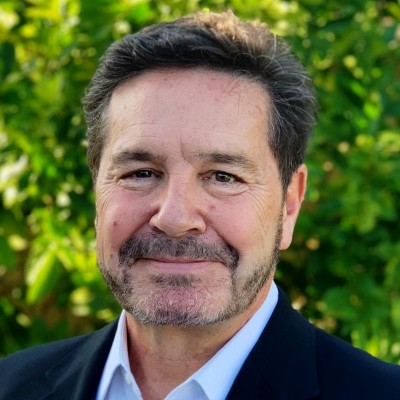- Video Library
- Greg Buchert, MD Presents Makani Science at LSI USA '24
Greg Buchert, MD Presents Makani Science at LSI USA '24

Greg Buchert
Entrepreneurial business development professional who is passionate about improving individuals' lives. A successful C-Suite leader in the health insurance and care delivery systems. Skilled in Administration, Innovation, Healthcare Management, Technology, Business Process Improvement and Clinical Practice.
Greg Buchert
Entrepreneurial business development professional who is passionate about improving individuals' lives. A successful C-Suite leader in the health insurance and care delivery systems. Skilled in Administration, Innovation, Healthcare Management, Technology, Business Process Improvement and Clinical Practice.

17011 Beach Blvd, Suite 500 Huntington Beach, CA 92647
714-847-3540© 2025 Life Science Intelligence, Inc., All Rights Reserved. | Privacy Policy







